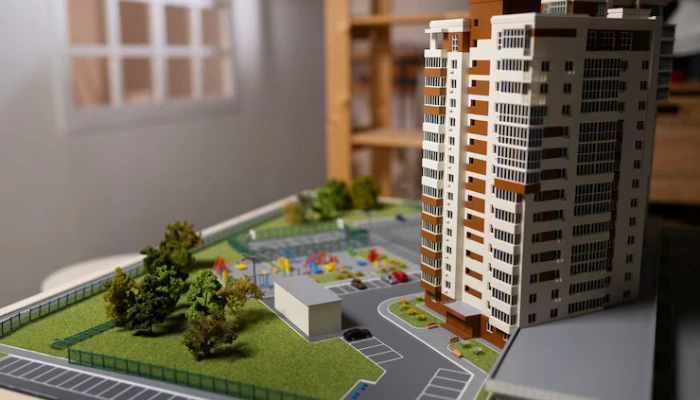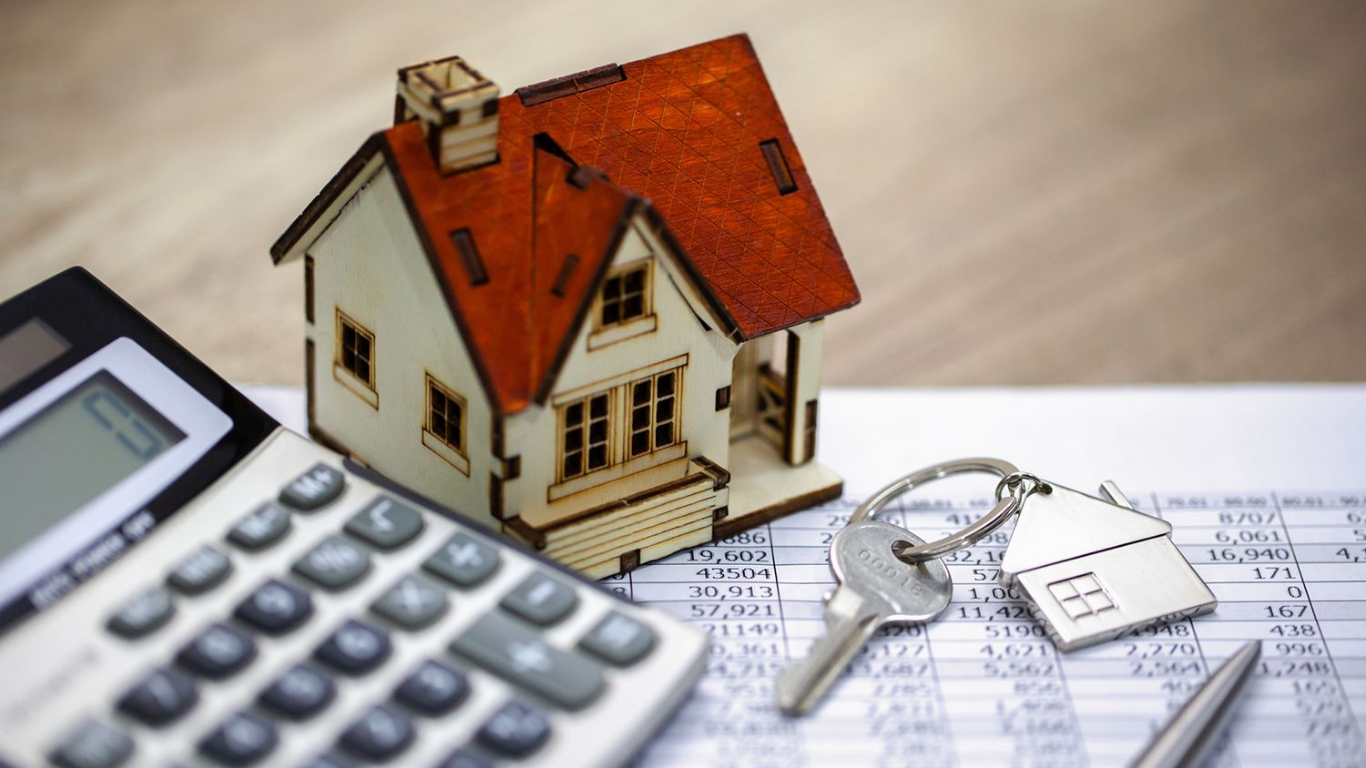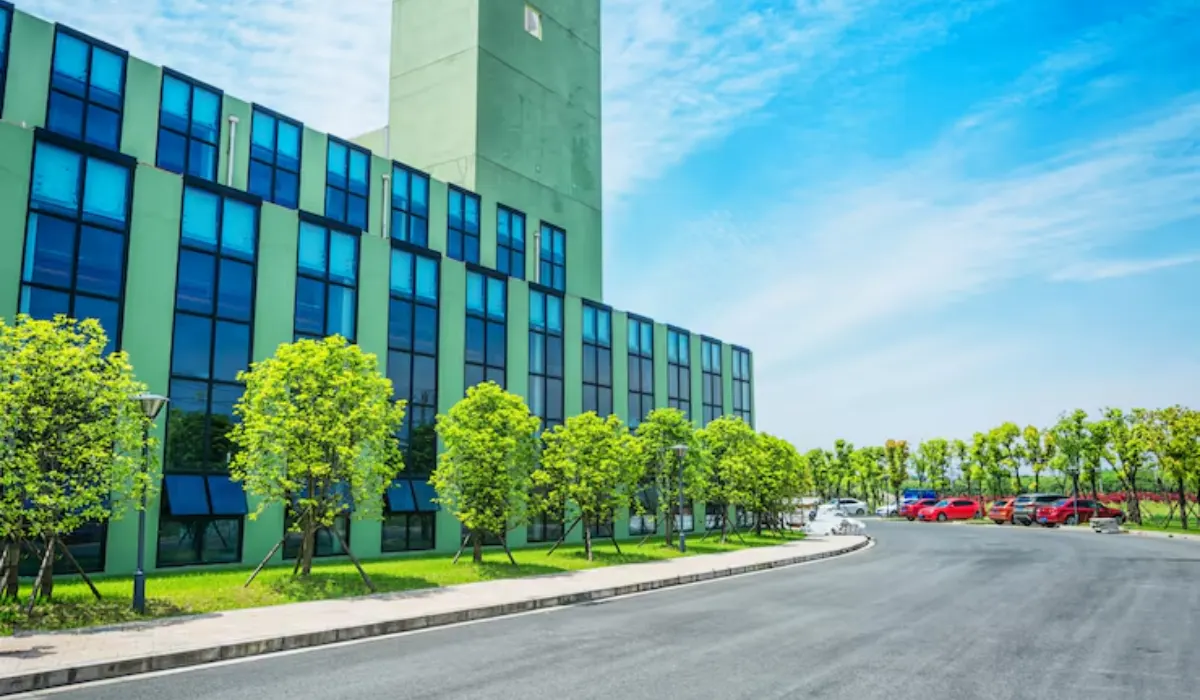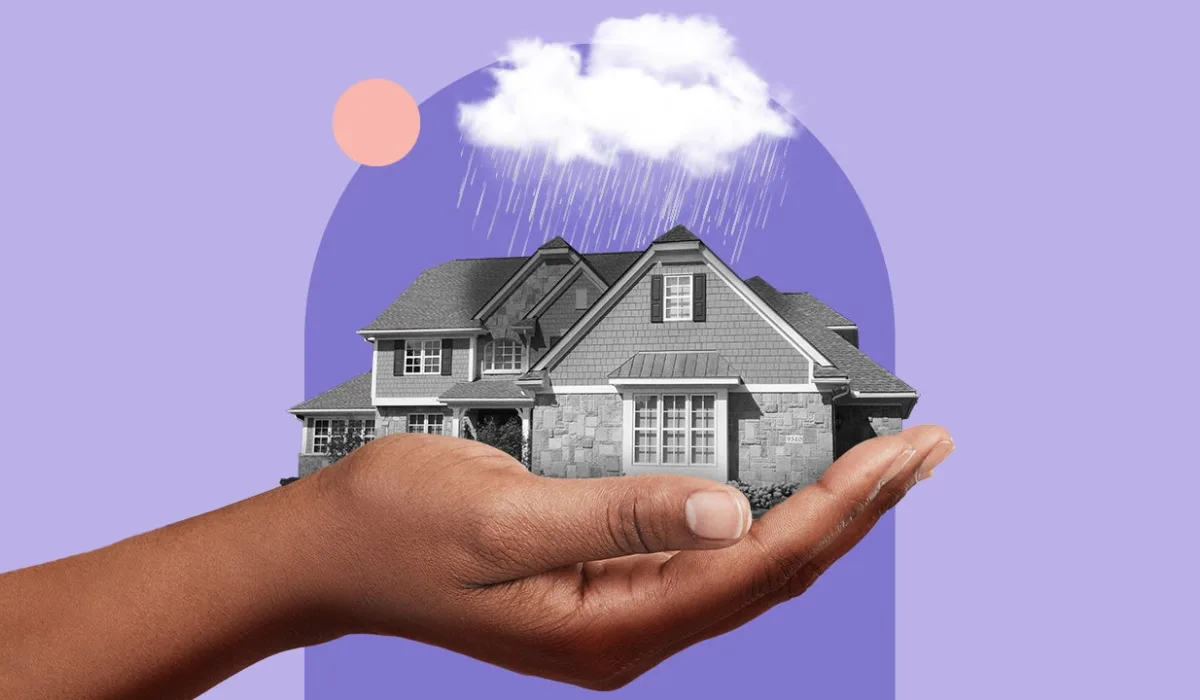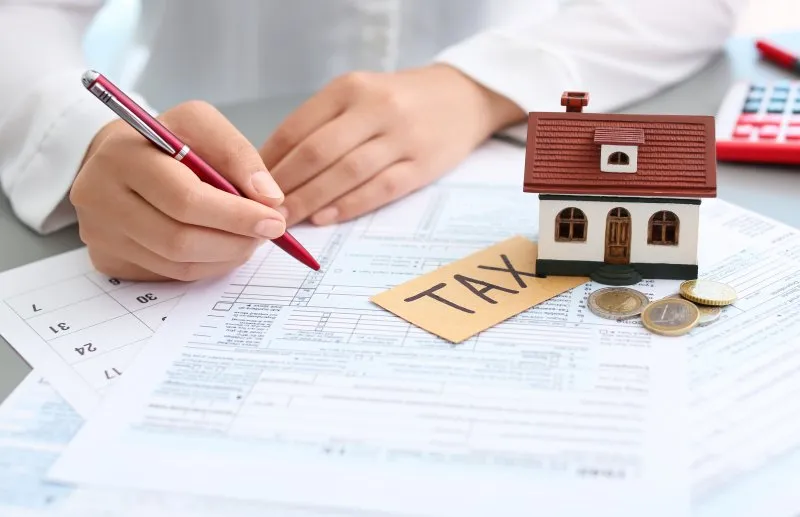A lot of Australia's millennials left the inner cities during the pandemic.
In fact millennials weather-beaten 30-39 are leaving the inner municipality overdue in search of family-sized housing, while the younger millennials, those weather-beaten between 22-29, still need a few years surpassing thinking well-nigh kids.
But it's increasingly than that.
From June 2020 to June 2021, Australia lost well-nigh 150,000 people in their 20s.
In particular international students and young skilled migrants were told they were not welcome to stay and naturally they packed up and left the country.

According to Simon Kuestenmacher in his regular post in The New Daily, numerous people in their 30s moreover left the country, but they did so at a much lower rate.
Overall, the 30s cohort grew by 16,000 from June 2020 to June 2021.
The early 30s (30-34) declined by 11,000 and the late 30s (35-39) increased by 27,000.
Now let's see which areas in each state people in their 30s vacated in the last year and where they decided to settle afterwards.
Victorians hit the road
The Victorian population in their 30s declined by increasingly than 5,000 people.
This was not just due to people leaving the state, but due to folks not settling in a locked-down Victoria.

Mr Kuestenmacher explains:
"Youngish Victorians left the inner-city behind.
There simply isn’t unbearable family-sized housing stock misogynist within the inner 5km of Melbourne.
The combined CBD (East and West) lost 800 people and Carlton (adjacent to the CBD) lost 400 people.
Point Cook (South) lost 30-somethings too as it is a popular destination for migrants.
The temporary share of Point Cook’s migrants was encouraged to leave the country for good – and plenty did.
To find affordable family homes, they moved to the urban fringe.
Mickleham boomed ( 1,500), so did Rockbank ( 1,400) and Tarneit West ( 900).
Families need three- to four-bedroom homes.
The top 10 growth suburbs for 30-somethings all have unbearable space misogynist to offer home and land packages at scale."
Queensland pulled off an impressive growth
Housing is cheaper in Queensland than in NSW and Victoria.
This is why the working from home trend unliable many young knowledge workers to re-examine where they want to live.
Simon Kuestenmacher commented:
"Queensland was unchangingly popular with retirees and now strengthens its population wiring with economically increasingly productive young families.
No areas saw mass exoduses of the 30-39s.
North Lakes with a loss of 145 people was the most lattermost example."


NSW mirrored Victoria
The areas in NSW where the population in their 30s declined were either inner-city locations (Potts Point, Kensington) or multi-cultural hotspots that are home to lots of temporary-visas holders (Cabramatta, Parramatta).

Mr Kuestenmacher said:
"Young families are drawn to family-sized homes.
All top 10 locations are very much outer suburbs of Sydney.
The only exception was Sydney Olympic Park – a rare location that managed to make a sizeable value of housing misogynist in a relatively inside location.
Marsden Park ( 1,200) and Schofields East ( 1,100) were the fastest growing areas."
What well-nigh the other states?
According to Mr Kuestenmacher, the same unstipulated trend can be found in the other states.
These areas will see increased demand for family-focused service offerings.
The growth areas are usually quite a loftiness from the CBD.
It seems that their new geography all but dictates the continuation of remote work.

